
Restore 30% of degraded ecosystems
Entering is simple! All you need is an idea for a robot, inspired by nature, that can do something to help the world. You'll need a drawing of your robot and a short description of what it does.
The contest centres around the goals announced at the UN Biodiversity Conference/COP15 (scroll down for a summary of the goals). We want you to think of ideas for robots which can help the world meet those targets.
Perhaps a robotic woodpecker that checks trees for disease? Maybe a robot falcon protecting the eggs of sea turtles? Or a mechanical plant that reinforces a riverbank?
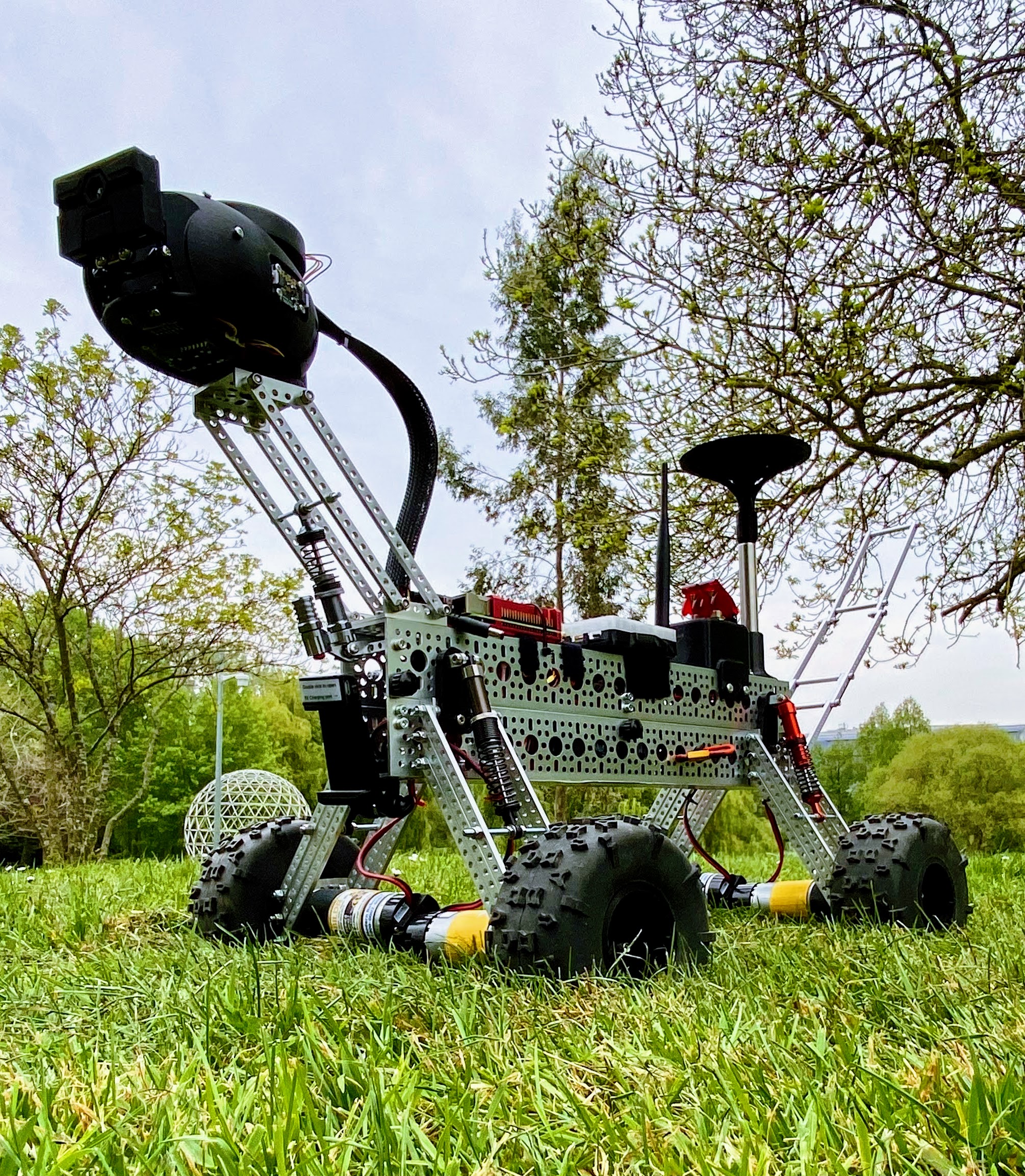
At the COP15 UN biodiversity summit in Montreal, Canada, nations agreed to protect nature and work towards several key goals. Hover over the images below to see some of those targets.
How can your robot design help?

Restore 30% of degraded ecosystems
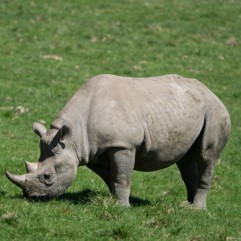
Stop human-caused extinctions.

Preserve 30% of all land/sea area for nature.
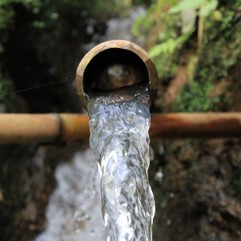
Bring pollution down to levels that do not harm ecosystems.

Incorporate nature into agriculture and infrastructure.
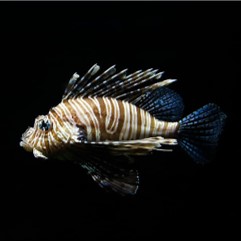
Reduce the spread of invasive species by 50%.

Halve global food faste by 2030.

Share the benefits of biodiversity fairly.
See some of the judge's favourites are below, and keep scrolling to see the winner!
The 2023 winner was 'Plantolin' by Dorothy Z., whose design took the impressive digging abilities of one of the planet's most vulnerable animals and used it as a way to plant trees.
We built her idea into a robotic pangolin
that digs small holes and poops treebombs.
The robot mimics the unusual bipedal locomotion of African ground pangolins by self-balancing on a pair of wheels, and has an adjustable tail, a pair of claws and a seed conveyor belt.
You can see Dorothy's initial idea and the robot it became in the video and gallery below.
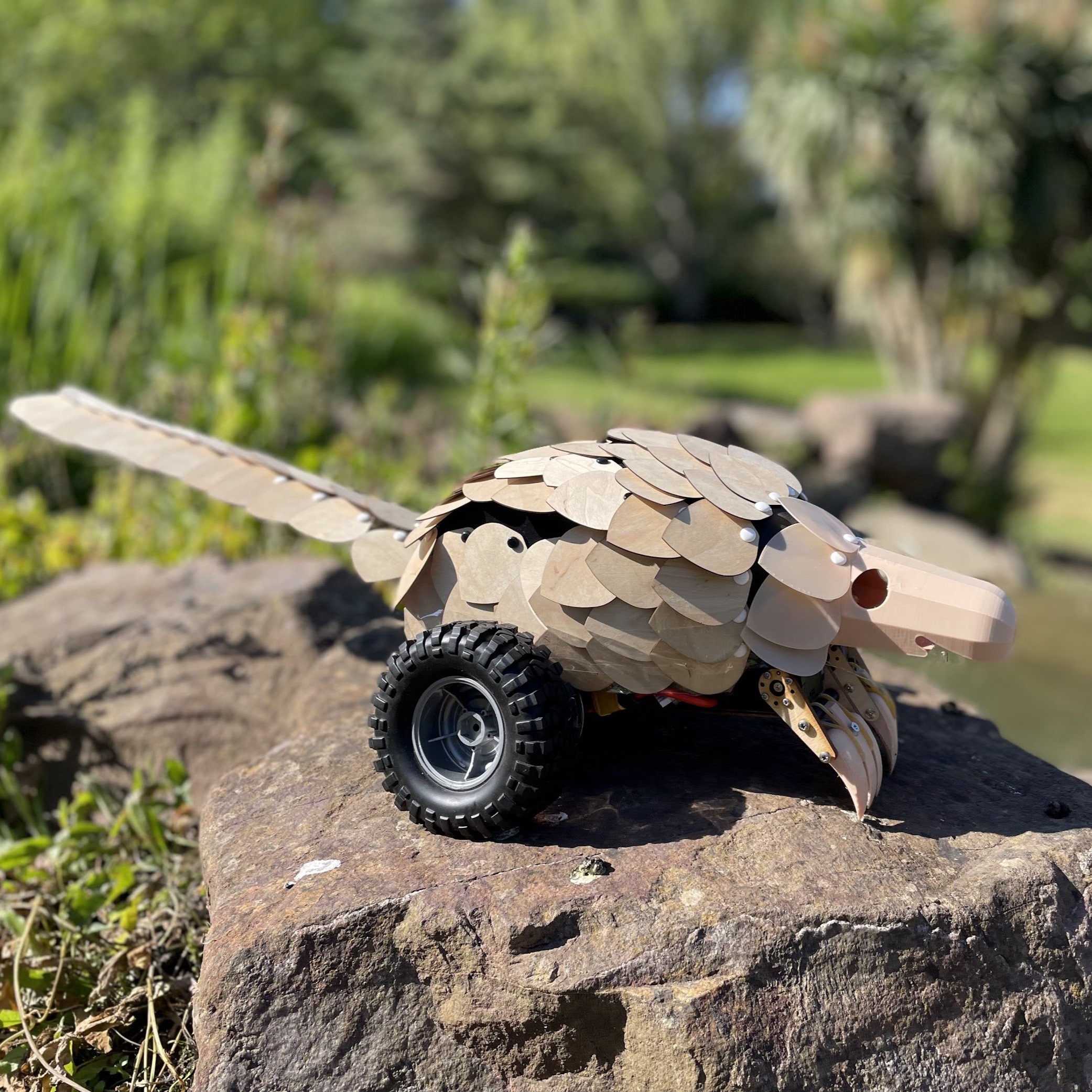
Pangolin-inspired robot
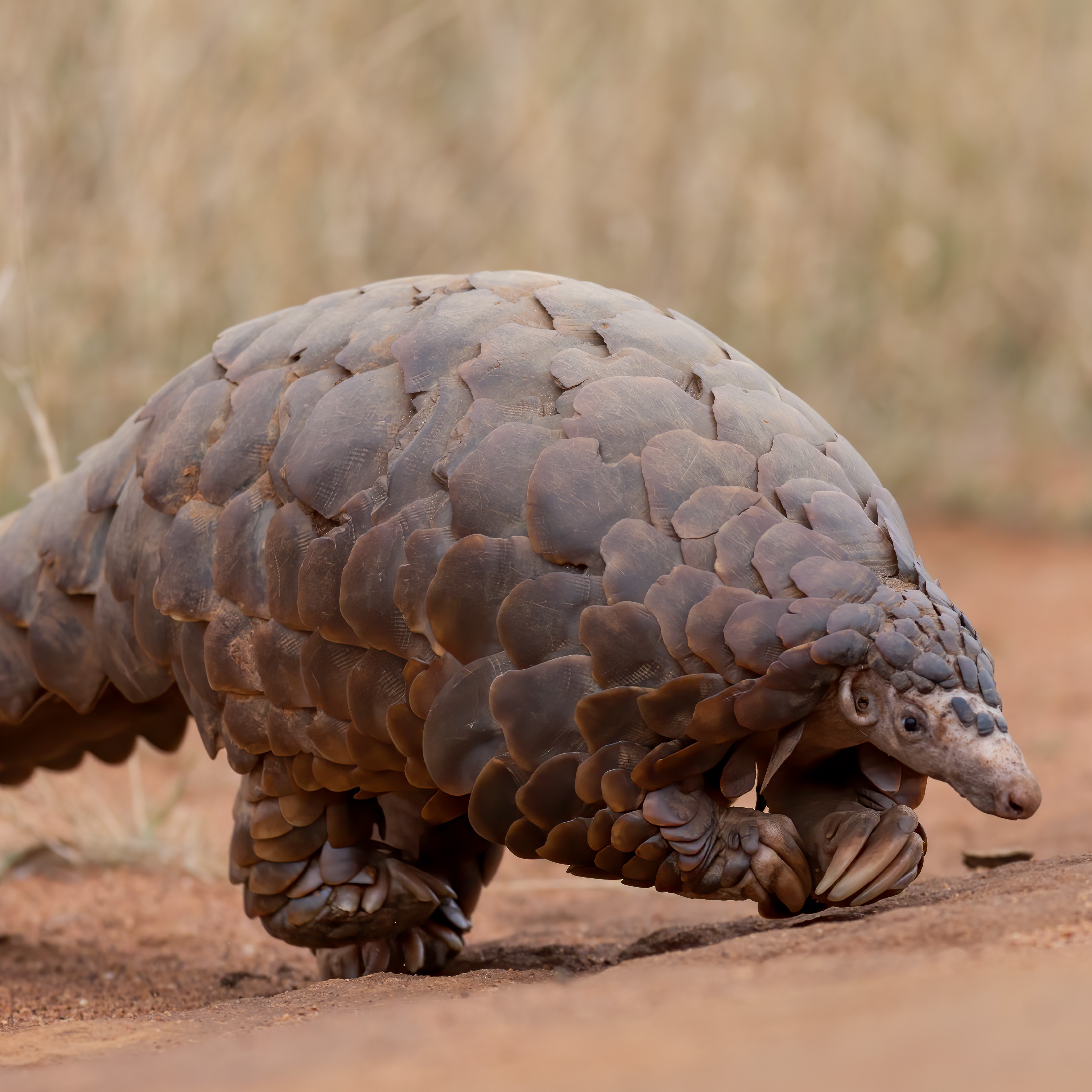
Ground pangolins balance on two feet while walking.
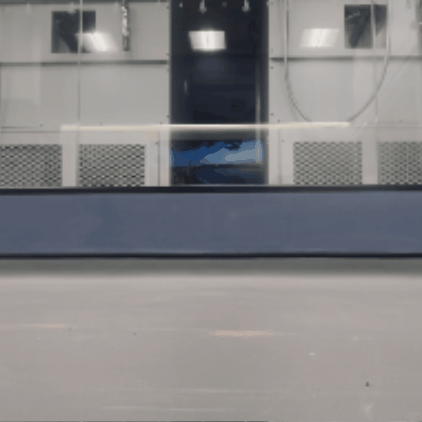
The robot can drop 'treebombs'.
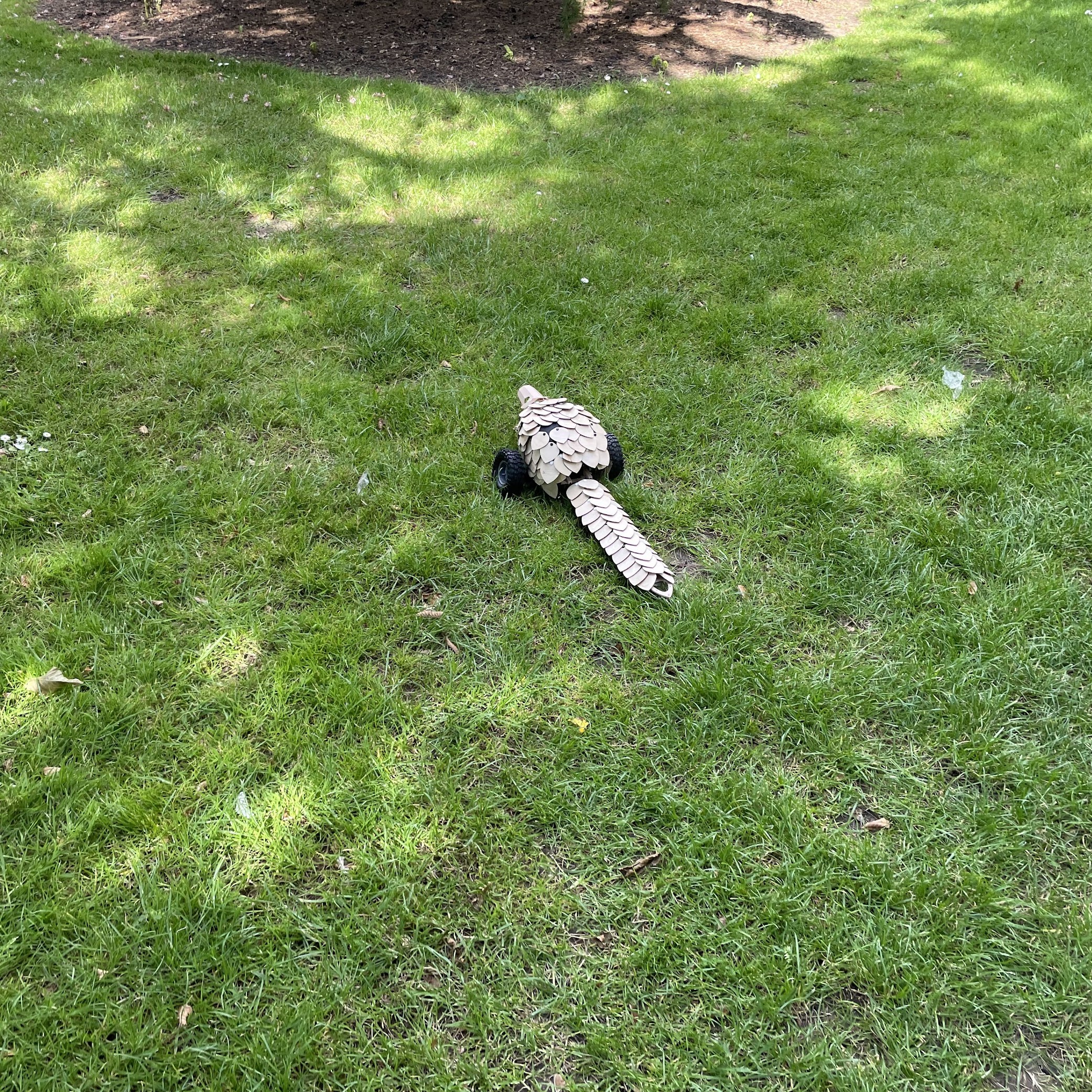
The robot drives balanced on two wheels.
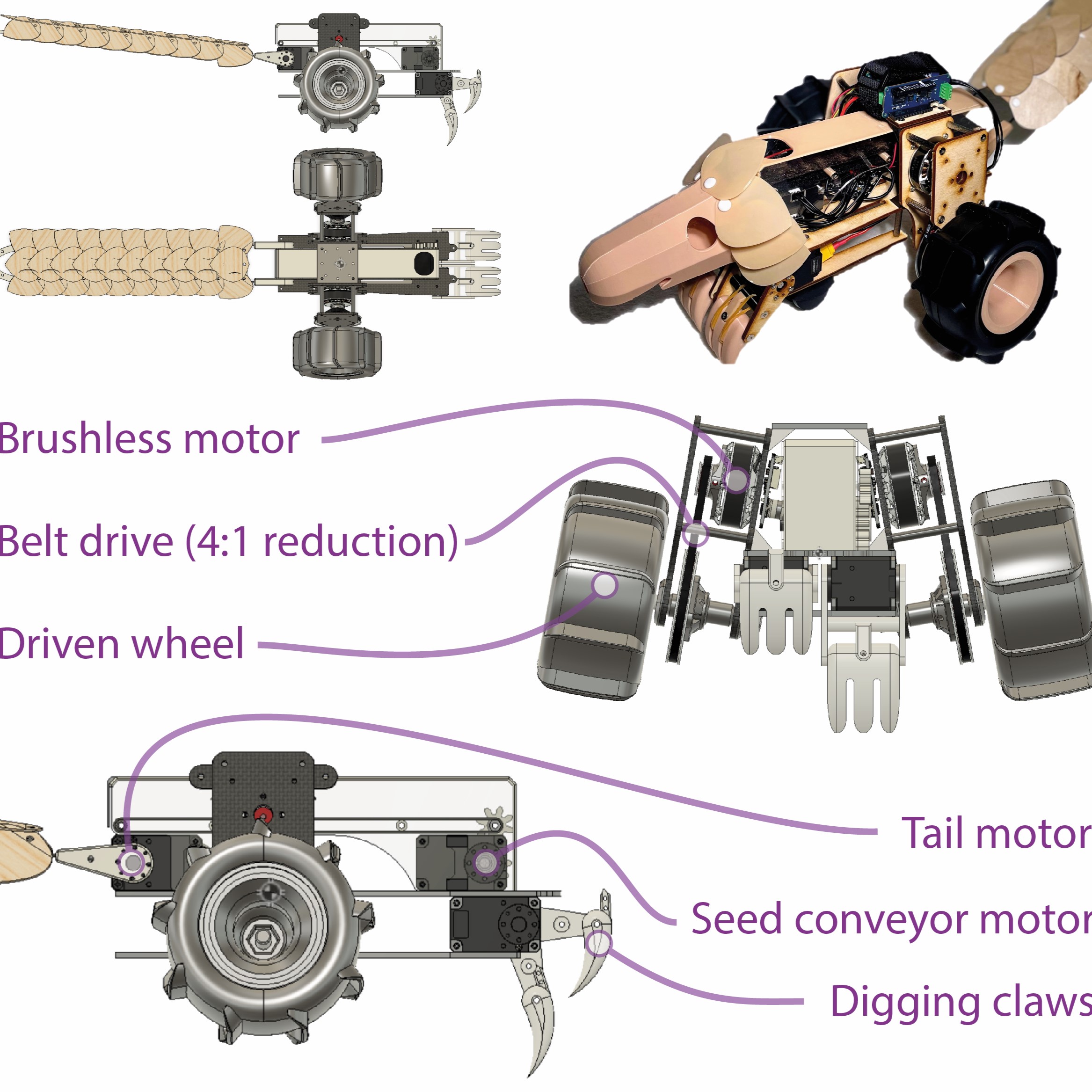
The robot uses 4 servos and two brushless motors.
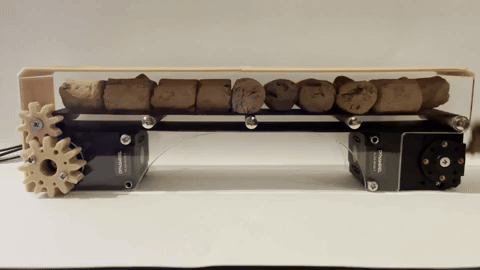
Seeds are dispensed using a conveyor belt.
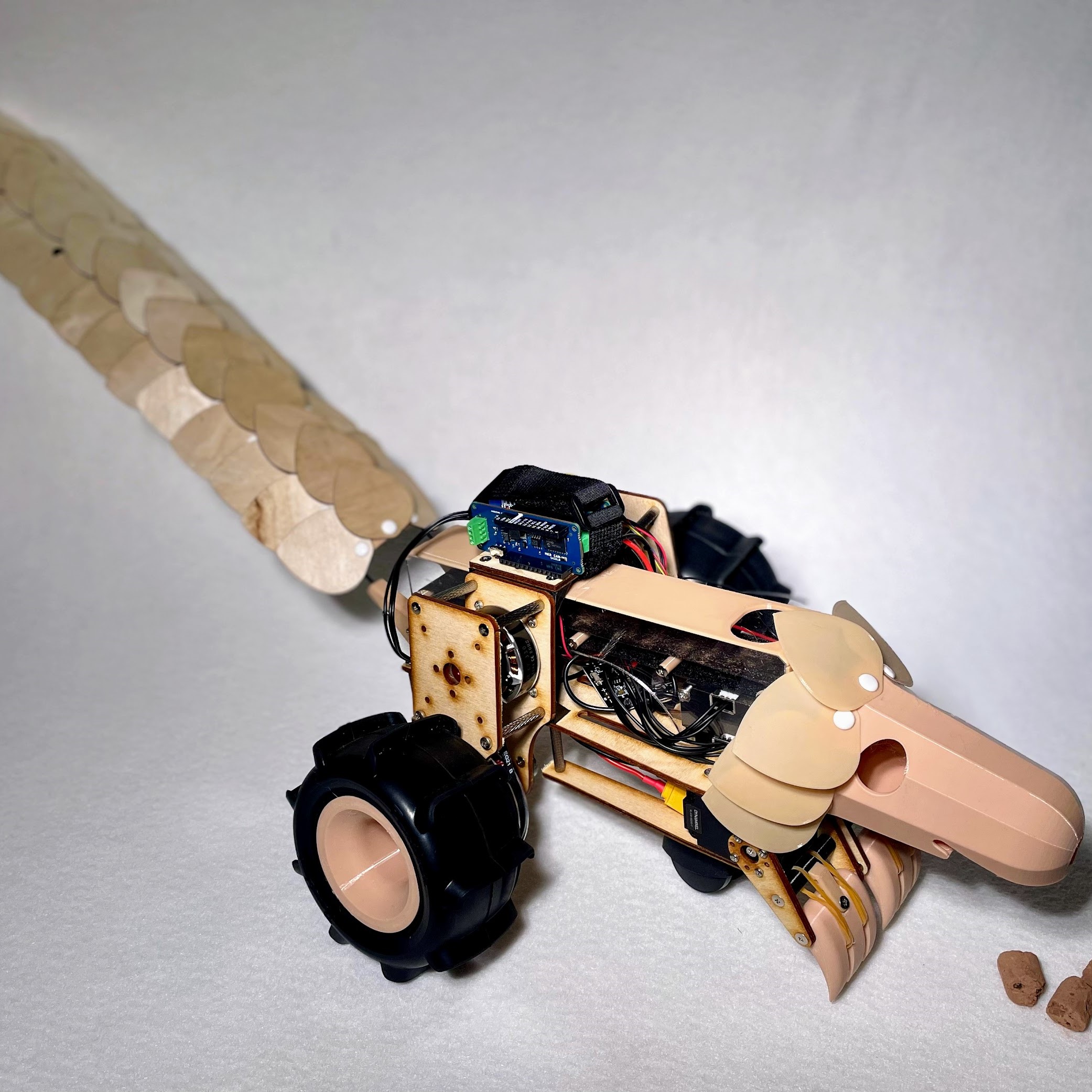
The robot design is mostly plywood and plastic, CAD is available for anyone to download.
See some of the judge's favourites are below, and keep scrolling to see the winner!
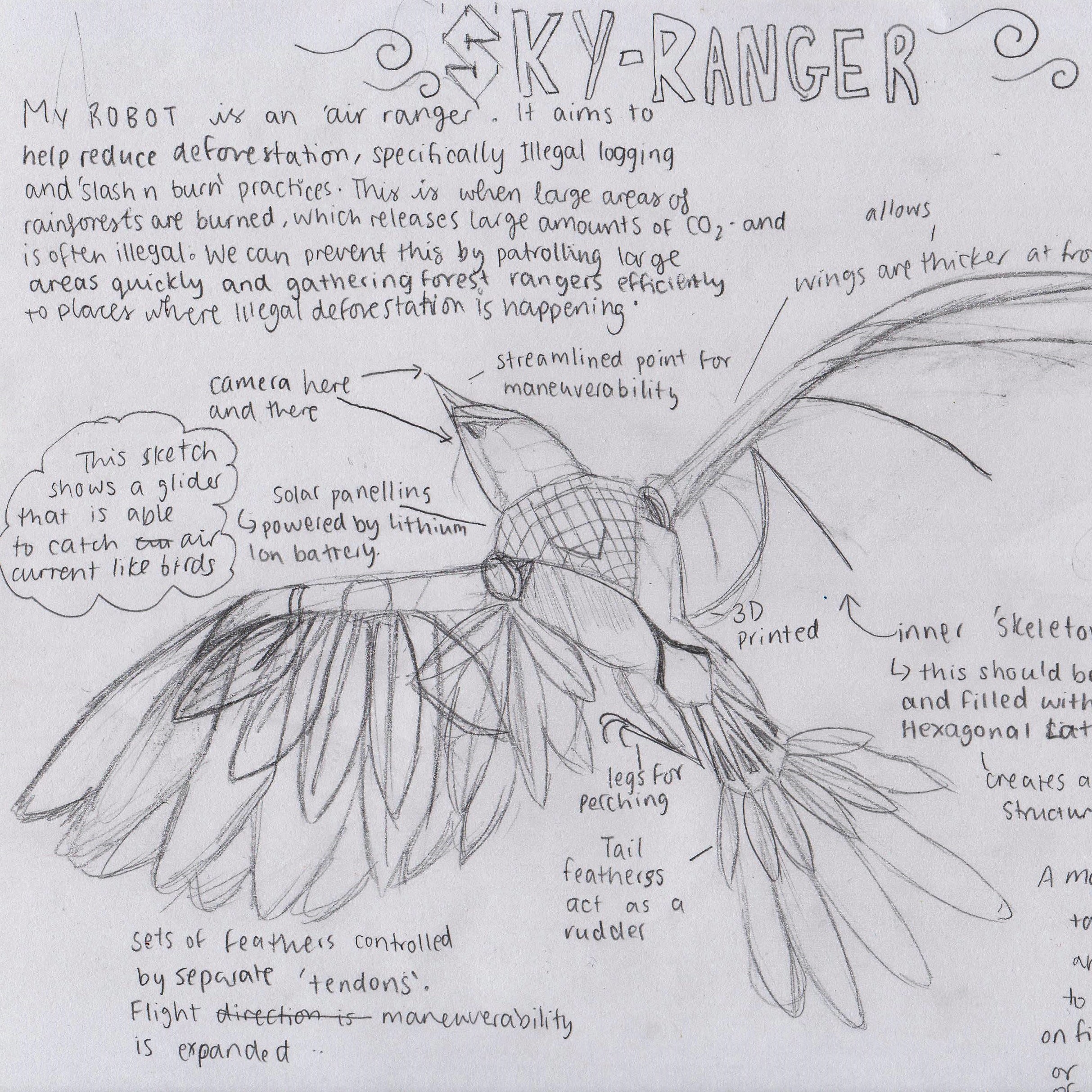
by Teju Sankuratri
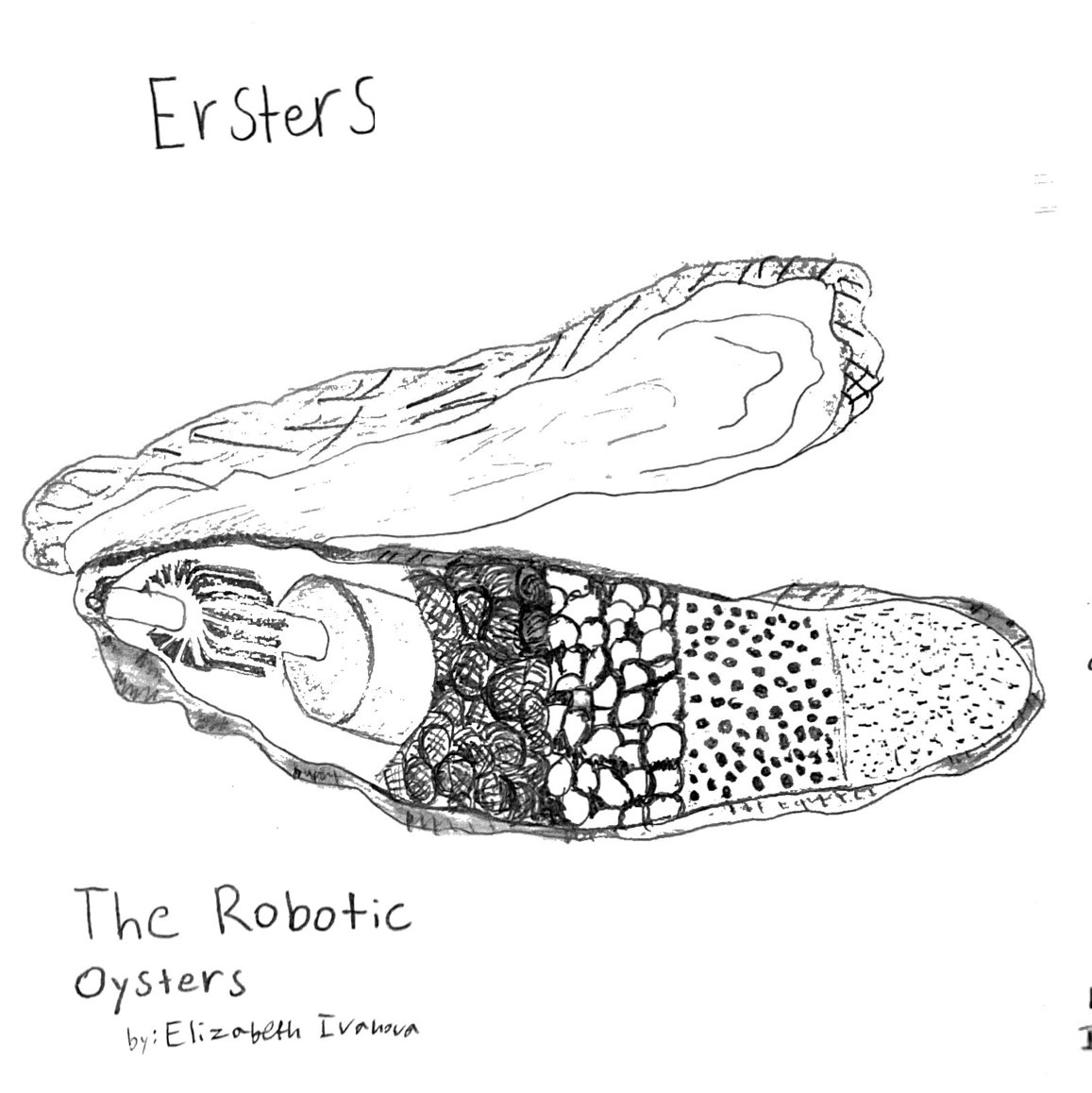
by Elizabeth Ivanova
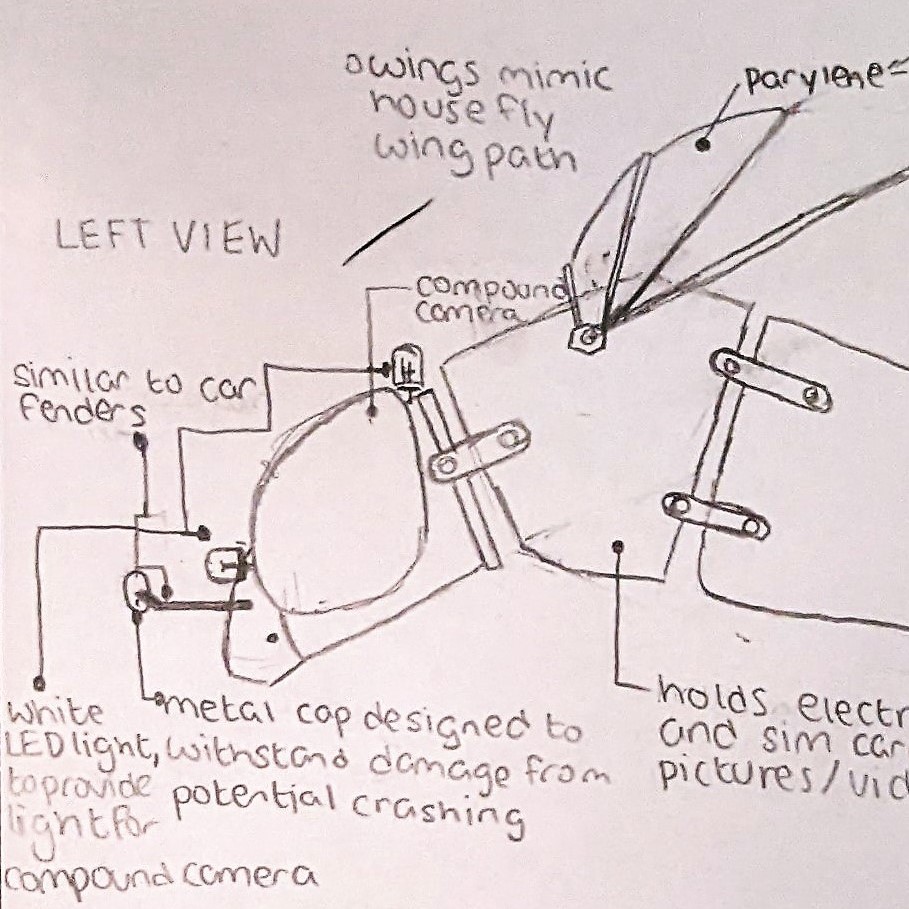
by Elizabeth Isaac
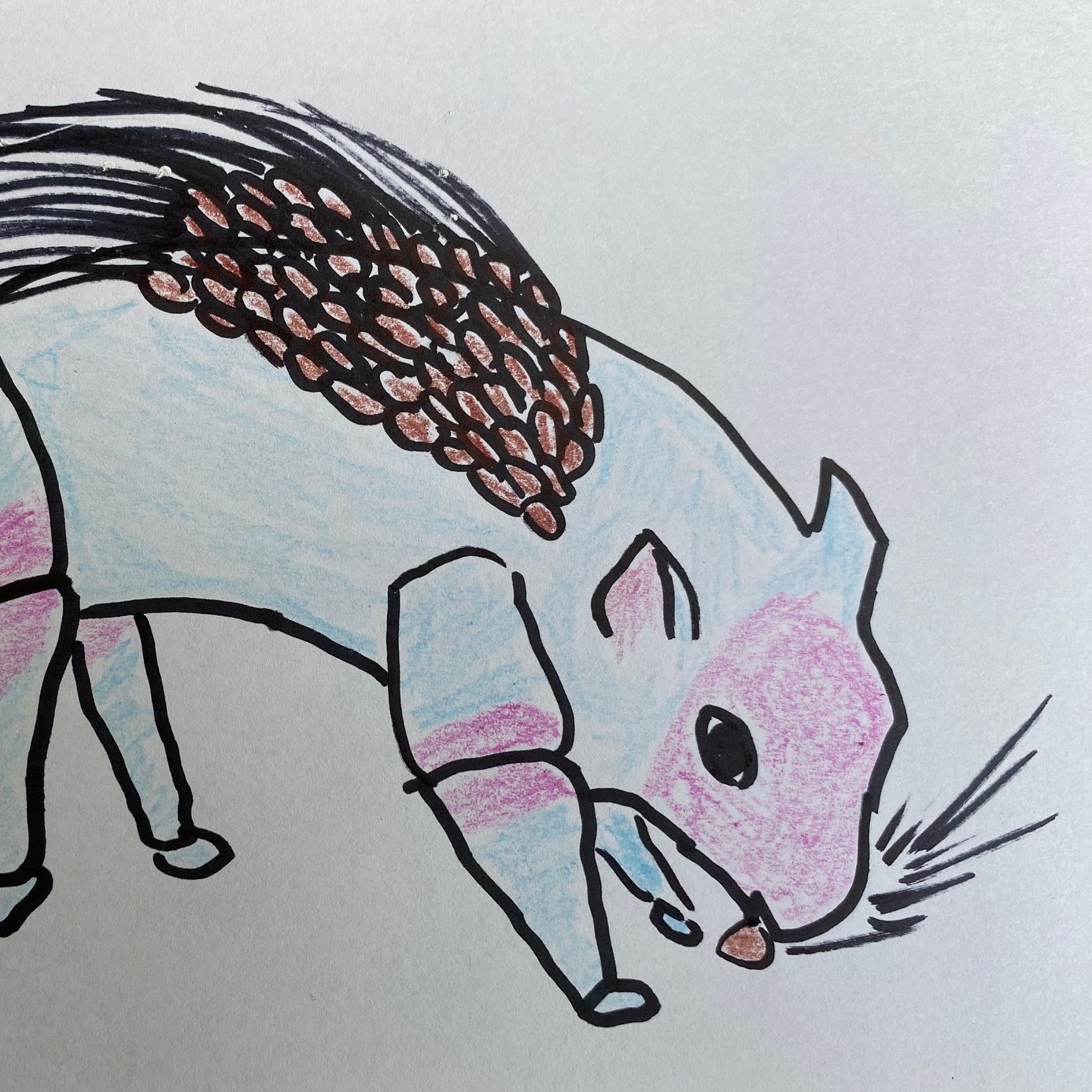
by Sue Klefstad
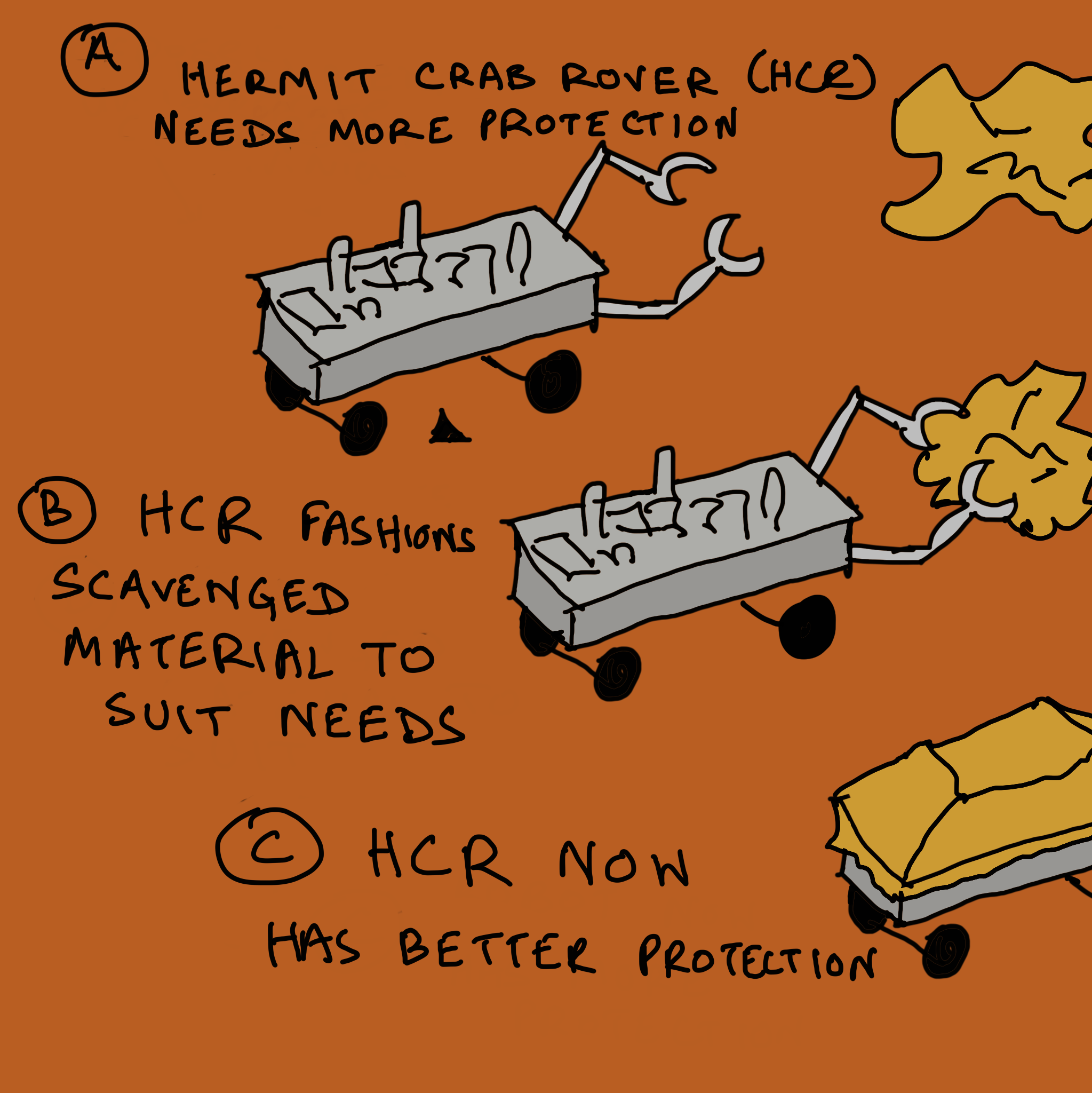
by the Yak Collective
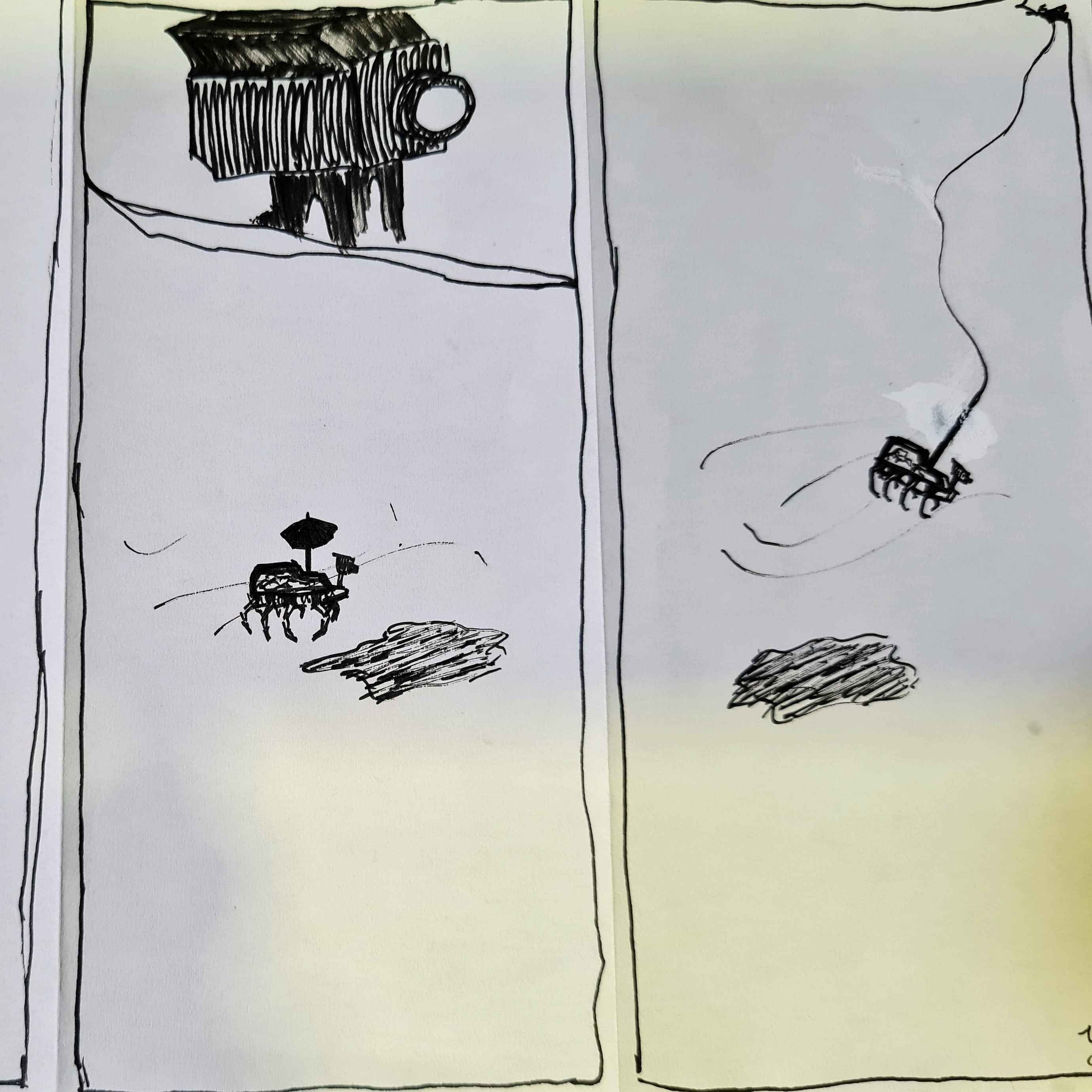
by Maier Fenster
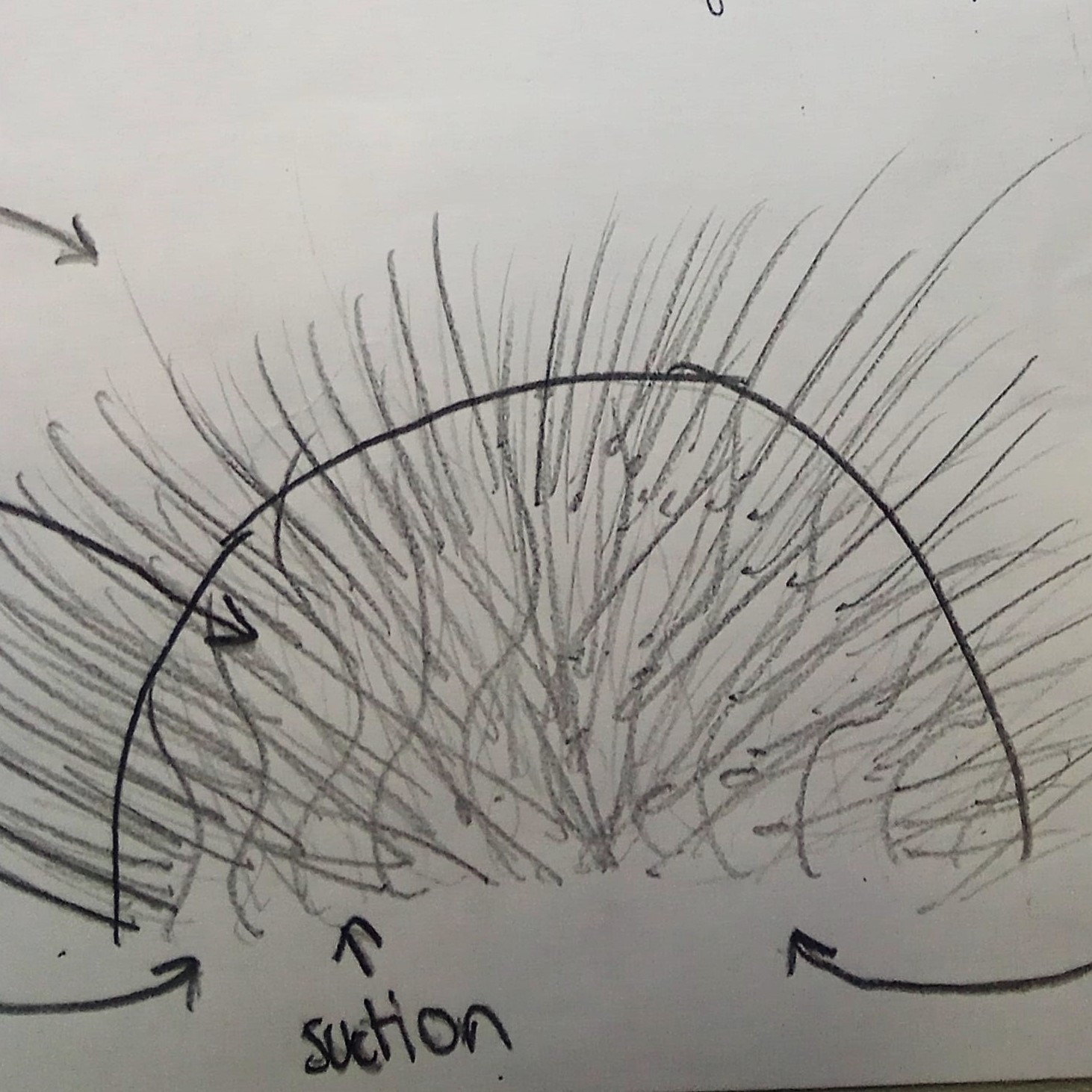
by 'The Robotineers'
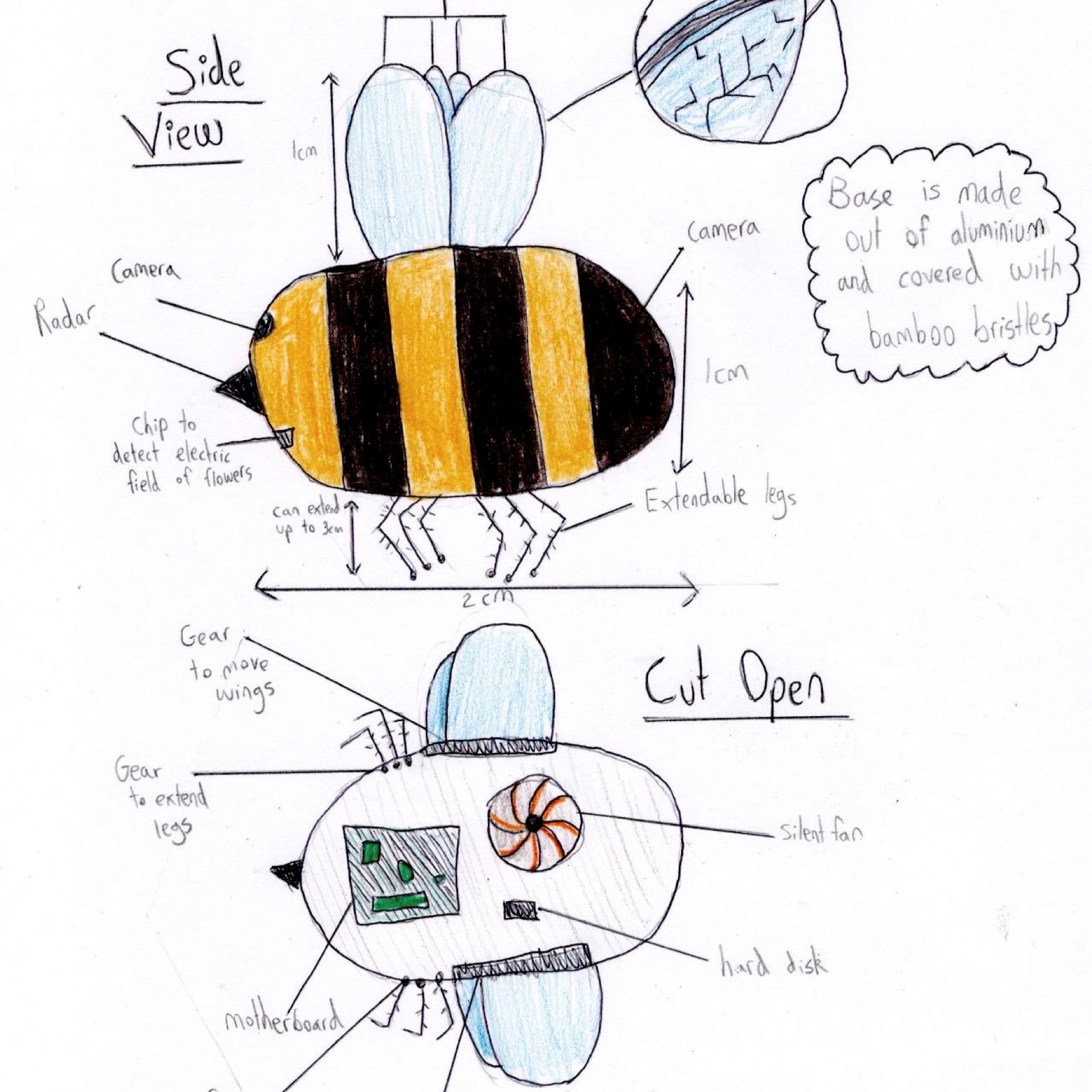
by Daniella Clifton
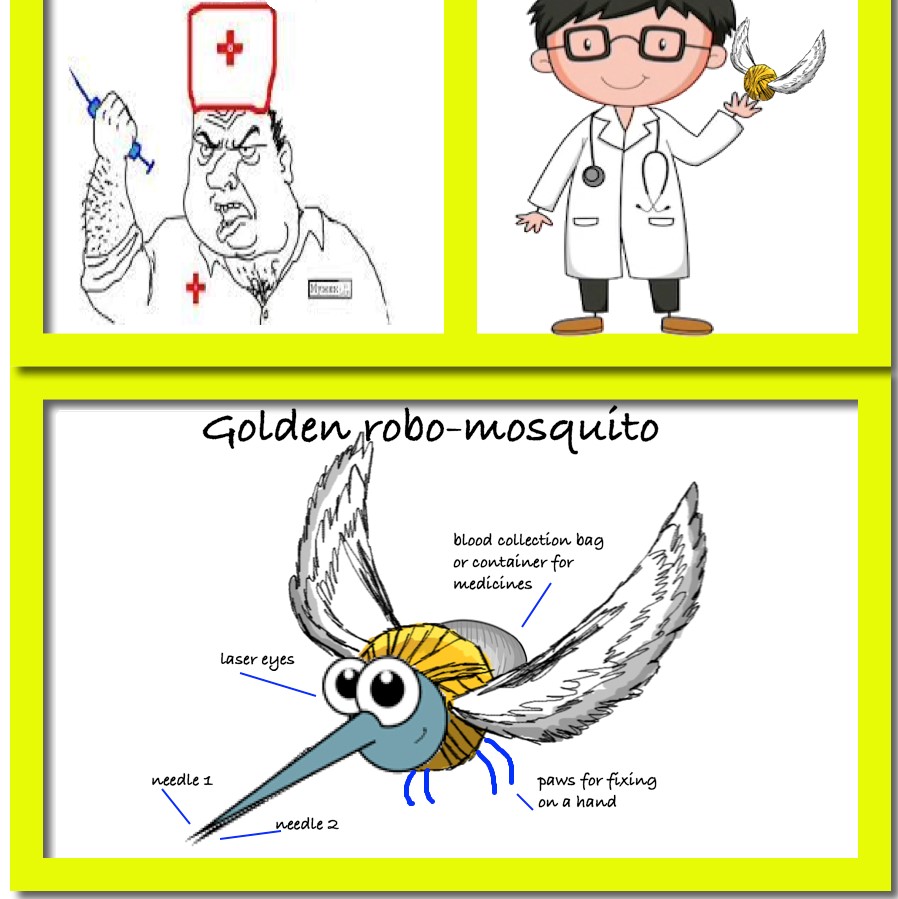
by Iryna Putchenko
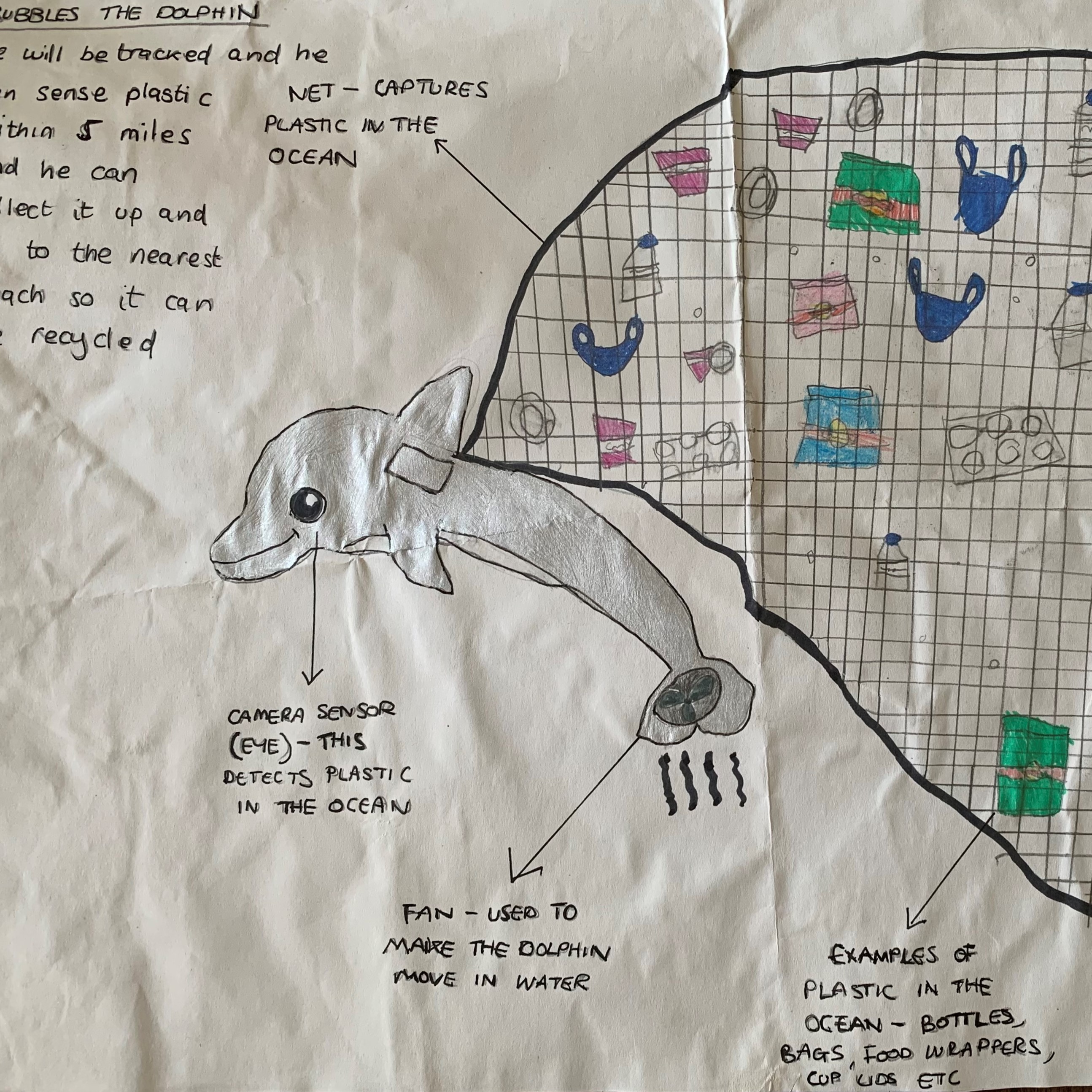
by Emilia Deacon
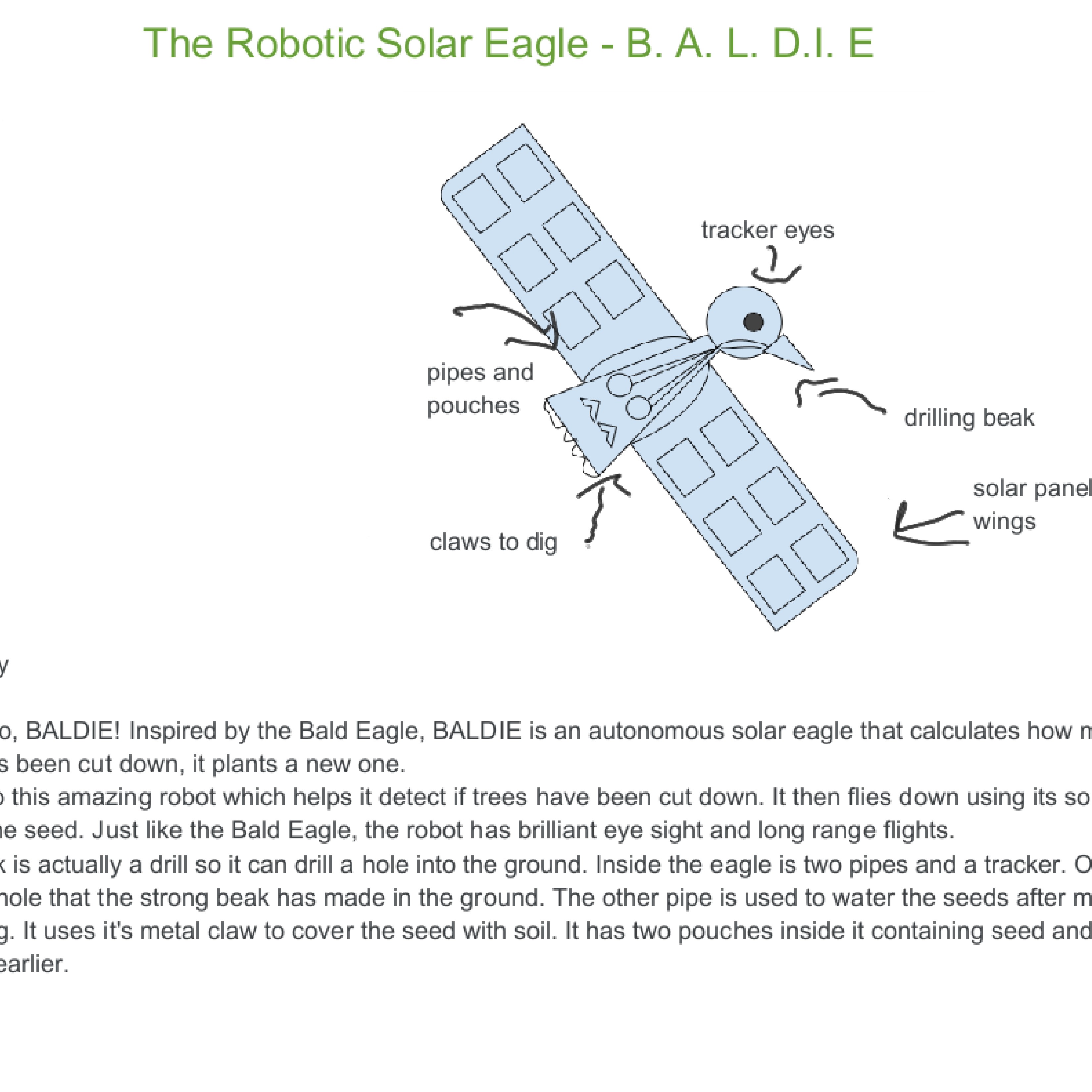
by Aanya Khan
Each entry was scored independently by our judges.
The winner this year was 'Robo-fish' by Eleanor Mackinstosh.
Eleanor's design took thoughtful inspiration from nature and had an important purpose - sampling and tracking microplastics in the water.
We took her idea and turned it into a fully 3D-printed fish
with a set of mesh lined gills, which Eleanor has affectionately named 'Gillbert'. The robot is now an ongoing piece of robotics research!
You can see Eleanor's idea and the robot it became in the gallery below. If you want more detail on the contest and the robot, you can read our research paper.
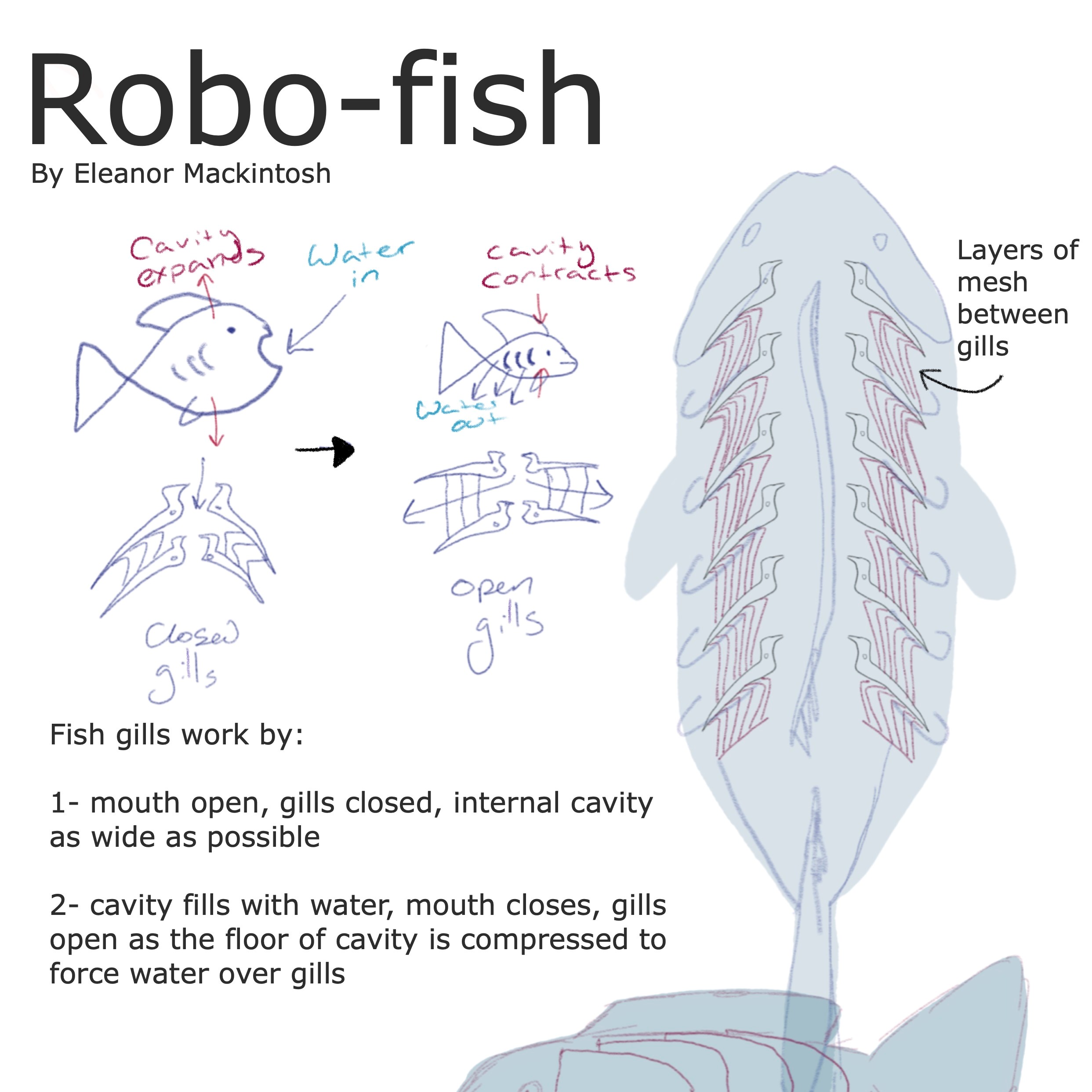
Winning idea, by Eleanor Mackintosh
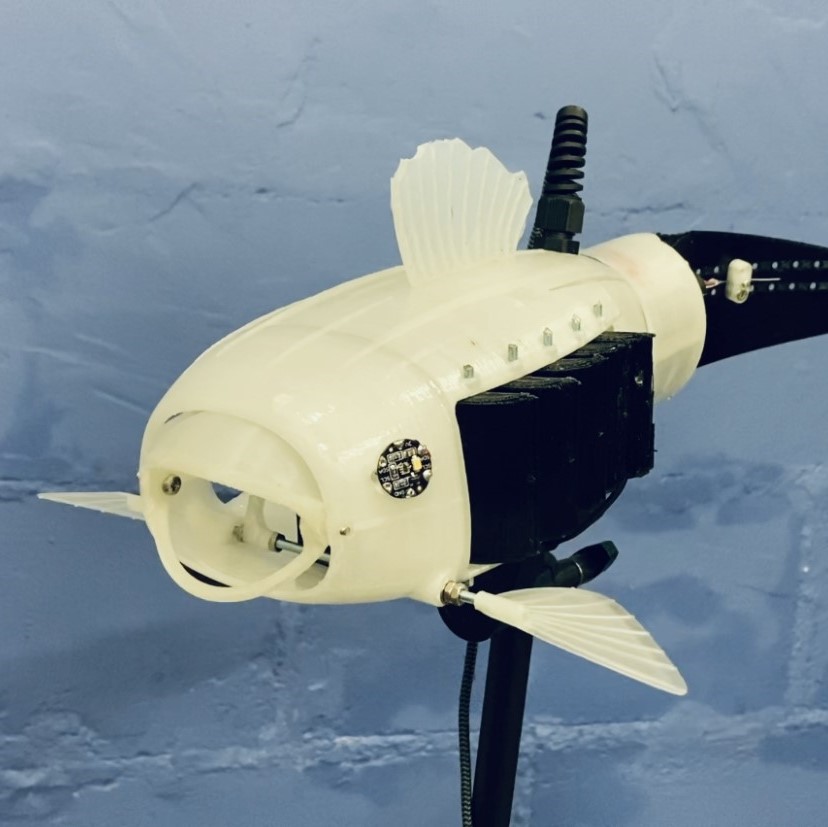
The design is entirely 3D printed.
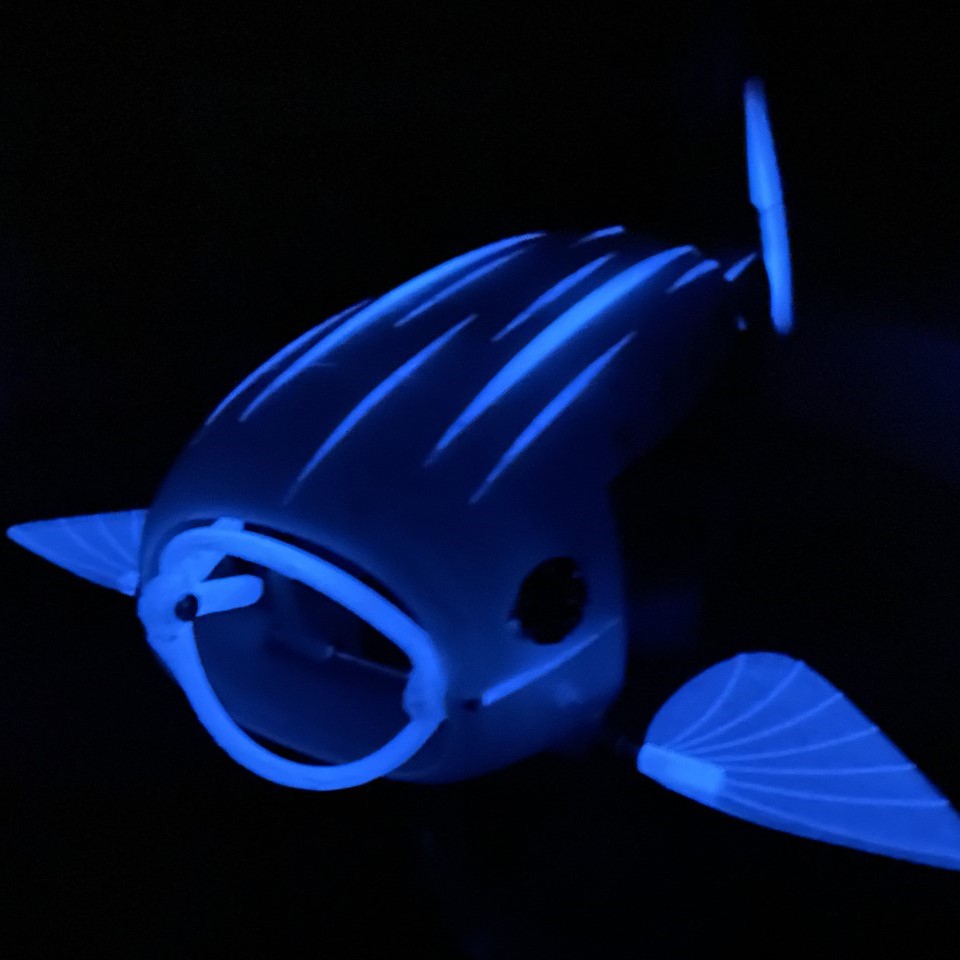
It also glows in the dark.
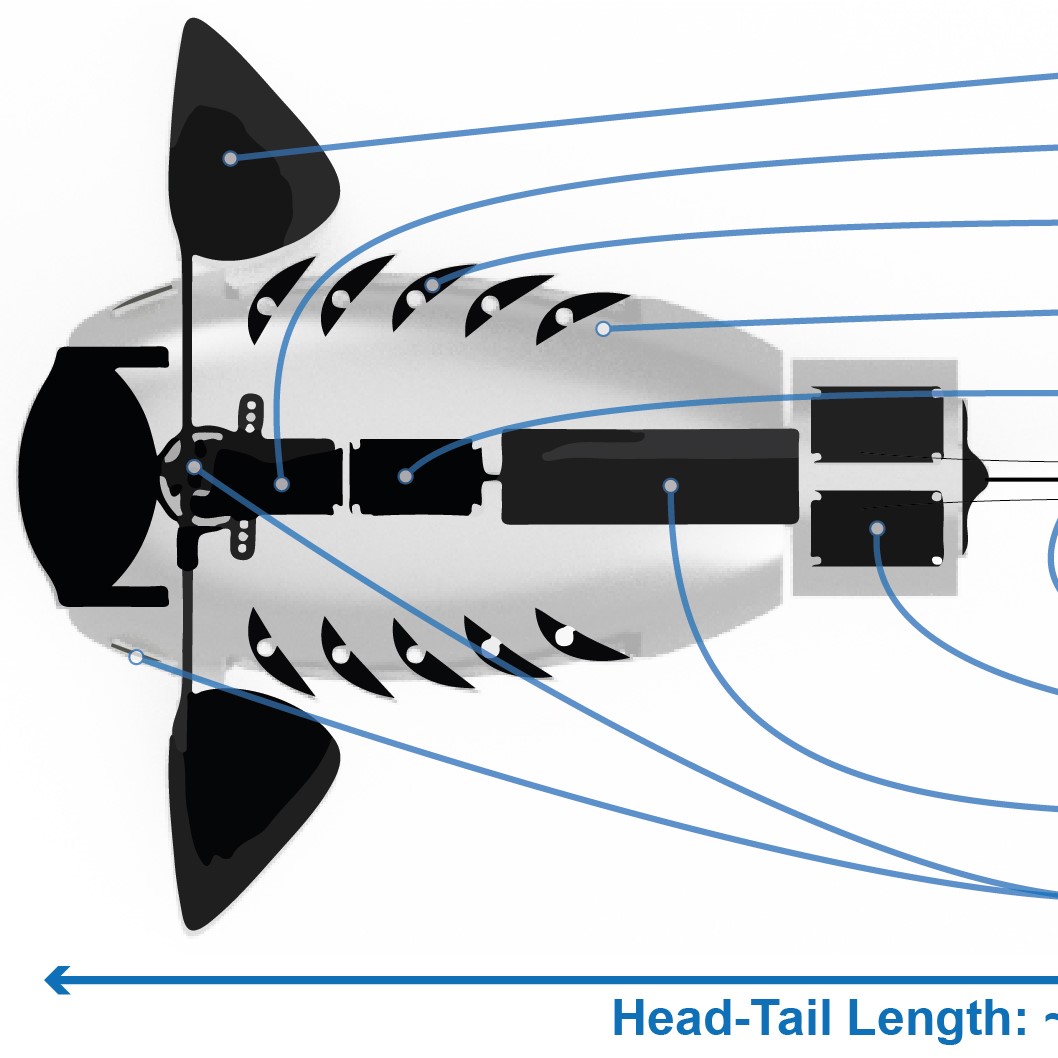
Four motors are used to control swiming.
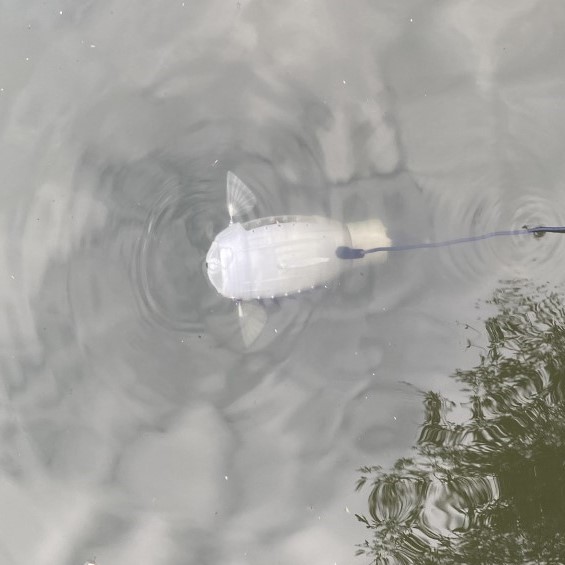
It's been tested in the lab and in local lakes.
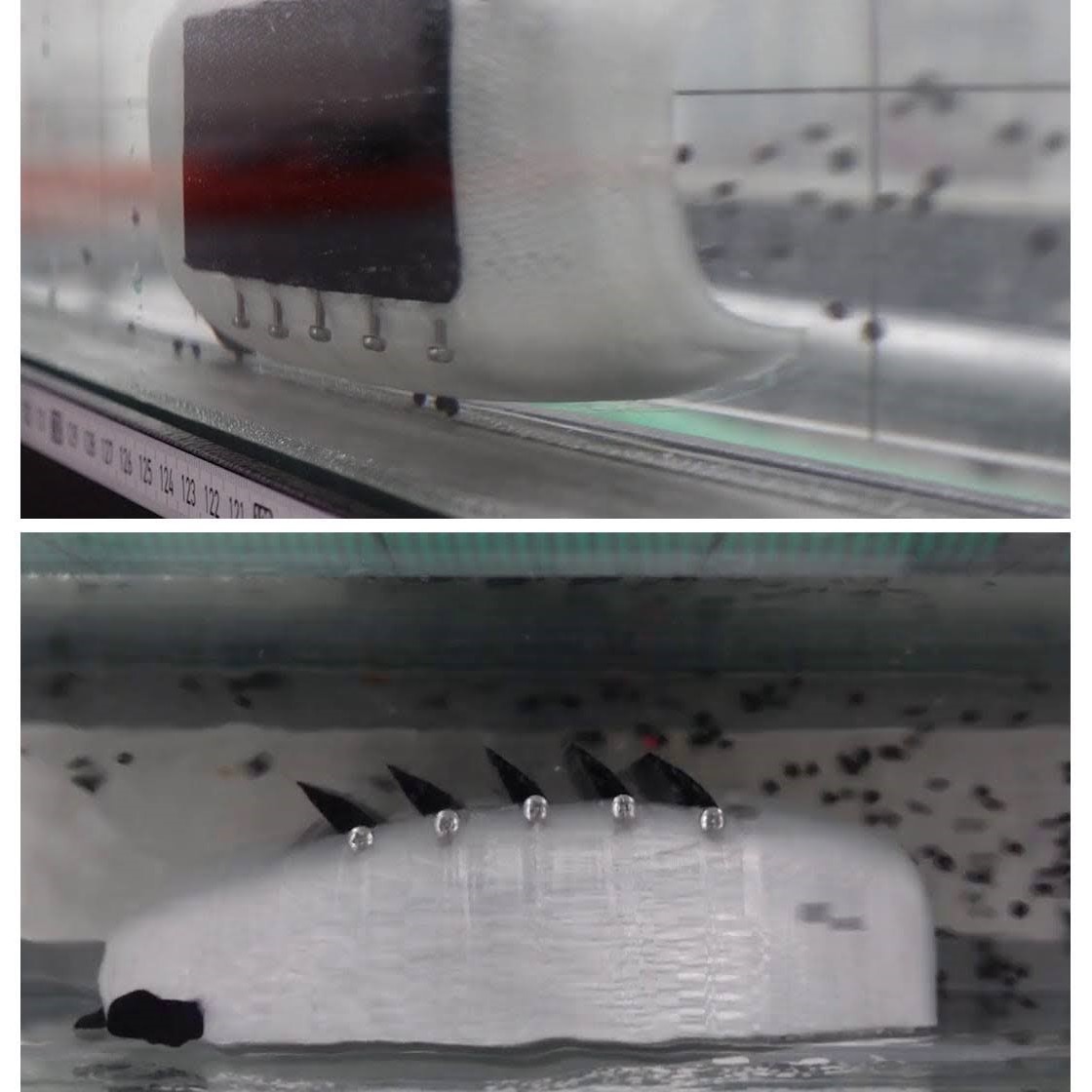
The biomimetic gills remove particles efficiently from the incoming water.
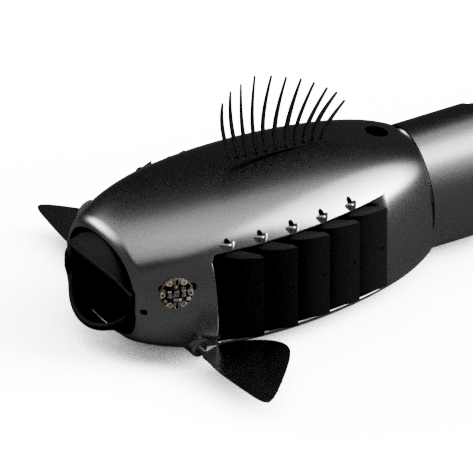
The robot design is available online for anyone to download.
The winning entry will be selected and built by a group of senior engineers and scientists with years of experience bringing robots to life.
You can take a look at the team below. Click any member to see some of their work.
Rob is a Lecturer at the University of Surrey.
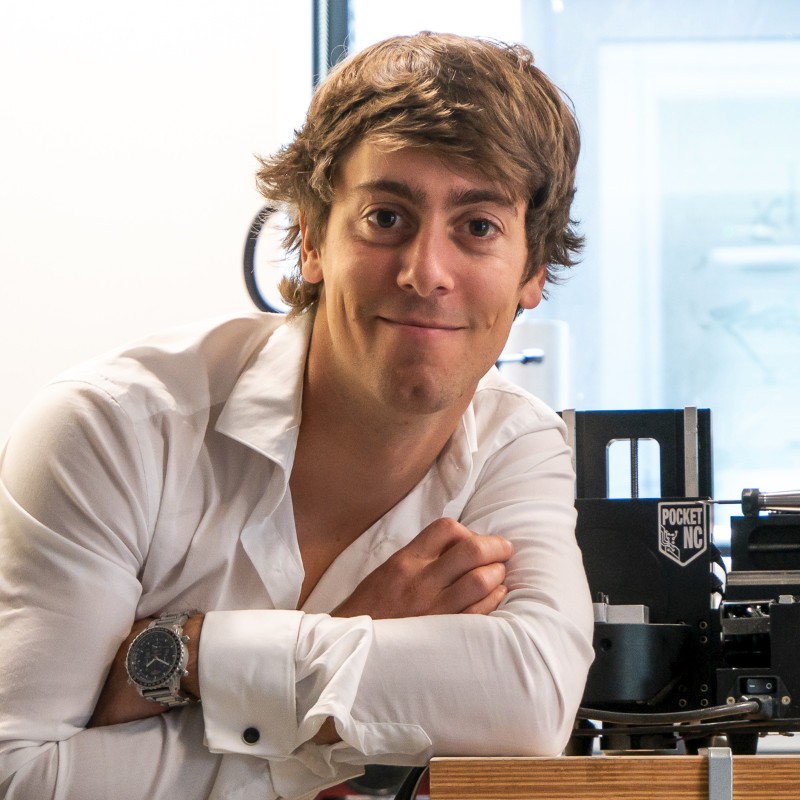
Raphael is a Marie Curie Fellow at EPFL in Lausanne.

Sophie is a Professor at the Technical University of Munich.
.jpg)
Ketao is a Lecturer at the Advanced Robotics Center at Queen Mary University.

Sina is a Reader at the Royal College of Art.
Or watch the video below to see some of the bioinspired robots built by the contest team.